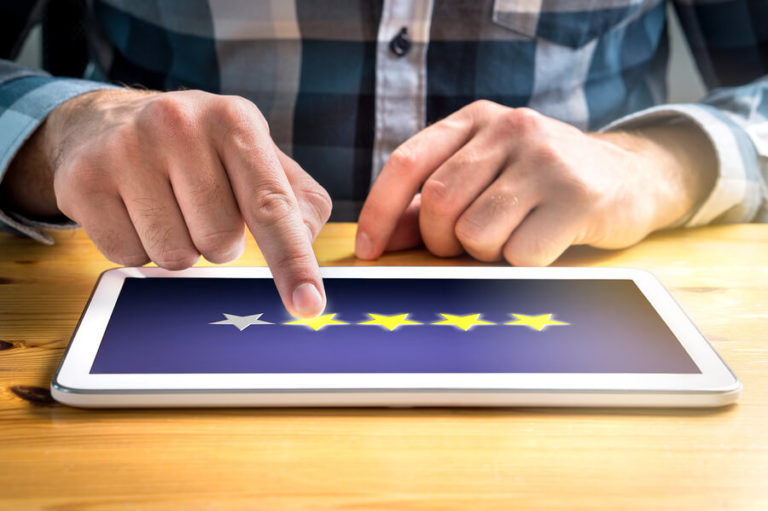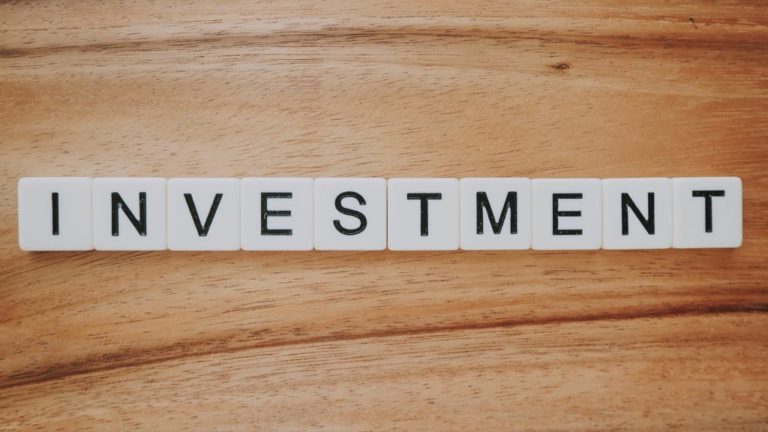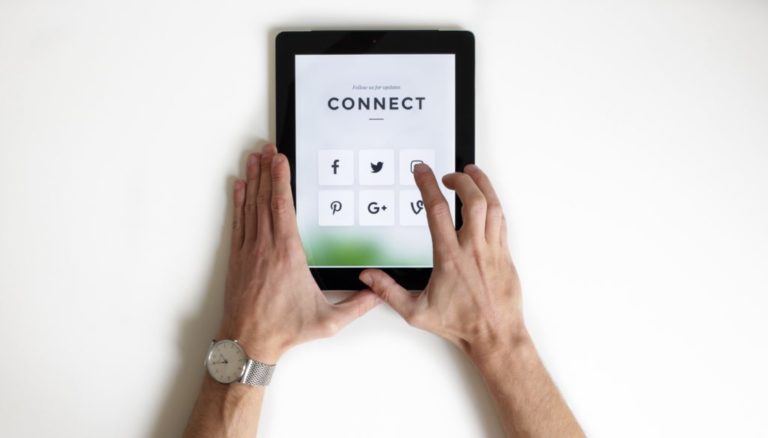Inbound marketing is a term that, a little over ten years ago, transformed the world of marketing, and the business world as a whole. But, unless you come from the world of digital marketing, or stay on top of all of the latest marketing crazes, you might not be familiar with it.
Inbound marketing is one tactic that can’t be ignored when marketing your business in 2020. Not only does it connect your business with your customers on a more personal level, increasing their likelihood of becoming loyal customers, but it will also decrease the amount of money you’ll have to spend on your marketing budget.
Seem to good to be true? It isn’t. CRM Daily reports:
“nearly half of the companies that implement inbound marketing efforts see a 25% greater return on investment on those programs than companies that do not. The survey found that inbound marketing channels can deliver up to 30x the campaign conversion rate of traditional outbound direct mail campaigns.
So, what is inbound marketing?
Inbound marketing is as much defined by what it isn’t as by what it is. So, let’s first take a quick look at its opposite, and predecessor, outbound marketing.
Outbound marketing is the kind of marketing where the company initiates the conversation with the customer by sending out messages to an audience. Media buys (TV commercials, radio commercials, newspaper/magazine ads) cold calls, spam emails, and direct mail, are all examples of outbound marketing.
It’s less about starting a conversation with a customer and more about increasing awareness as much as possible. While not as efficient as inbound marketing is, outbound marketing can still be a useful way to attract customers to your business, especially if you are just getting started with digital marketing.

Image credit: Raka Creative
Outbound marketing is the kind of marketing where the company initiates the conversation with the customer by sending out messages to an audience […] It’s less about starting a conversation with a customer and more about increasing awareness as much as possible.
While not as efficient as inbound marketing is, outbound marketing can still be a useful way to attract customers to your business, especially if you are just getting started with digital marketing.
If you don’t have a list of email contacts to set up an email marketing campaign, sending out a direct mail campaign with coupons for your business can be a useful way to get leads into the door, and television ads are still the go to marketing tactic for many businesses, big and small.
Where outbound focused on bringing awareness of your business to the consumer, inbound marketing focuses on attracting the consumer to you business through your website with content that provides them value, engaging with those prospects to build lasting relationships and turn them into customers, and then continuing to delight them with your empathetic and experienced customer service, and continued use of valuable content.
If you’re not familiar with this marketing strategy you might be rolling your eyes right now.
We understand. Writing blogs, sending out email newsletters, and posting on social media may not always seems like the most effective and useful ways to market your business, or spend your time. The whole idea of waiting for people to find you seems to go against all good business sense. But there’s more to it than that….
68% of inbound marketers classify their efforts as effective, compared to 48% of outbound marketers, and inbound marketing is actually 61% less expensive per lead than outbound marketing.
Have your ears perked up yet? Good. Let’s take a look at where to start with inbound marketing and the three phases that it encompasses.
Before you can get started marketing, you need to know who you’re marketing to.
This is where buyer personas come in. You can’t just put content onto the internet and expect the customers to come running. You attract customers by creating valuable content and experiences tailored specifically to them. To do that, you use buyer personas, so when you’re creating content you know who ‘them’ is.
A buyer persona is essentially a humanized version of your market research and the data you already have on your existing customer base, used to form an in-depth profile of your ideal customer. A buyer persona should include not just the common bits of information like, age, gender, and income, but also what they do for a living, what their day is like, what their pain points are, what they search for on Google and Bing, and why they buy from you or use your services.
Putting all of this information together will provide you with a clearer picture of who your audience is, and how you should build and tailor your long-term content and marketing strategy to attract your ideal customer. Depending on your industry, you might need to create more than one buyer persona to ensure you’re covering the entirety of your customer base.

So, you’ve got your buyer personas and you’re ready to start creating content, let’s look at the three phases of inbound marketing, and the content types you should be creating for the customers in that phase.
The first stage: Attract
Before you can entice your ideal customer with your products or services you need to attract them to your website, which is the online hub of your business. Just like the old adage, ‘all roads lead to Rome’, all of your content channels should lead to your website.
What are your content channels? Social media, because yes – people are looking. But it’s also your website, your email list, your phone list, and everything in between.
To attract customers to your business’ website you need to start creating and publishing content, such as frequently asked questions, articles, social media posts, videos, etc.
Business owners around the world
If you’re an expert in your product or service: you do. This is where you can show off your knowledge and expertise to start building trust. Teaching them how to use your products, showing them how you can solve their challenges, and providing customer testimonials are just a few ways you can provide value to potential customers and interest them in your products or services.
You can optimize this with a Search Engine Optimization strategy to ensure that your content appears prominently on search engine result pages (SERPs). But keep in mind, this part of the strategy is a long-term one. It will require you or your team to put together a researched list of keywords and phrases that are related to your products or services, your customer’s pain points and how you solve them, and the ways you help your targeted buyer personas.
By consistently updating your website and including good, common sense keywords and phrases in your content, you show search engines that you’re relevant to the problems your customers are hoping to solve. This is the first and most basic step in optimizing your placement in Google and Bing searches. And don’t worry – we’ll dive deeper into more advanced digital marketing topics like this in the coming weeks.
The second stage: Engage
Once customers have started clicking through your website and calling to learn more about your products or services, you need to engage them in a way that encourages them to build a long-term affinity with your business.
You can engage them digitally, by using email marketing to send them weekly or monthly newsletters, putting a live chat function or chatbots on your website to answer customer questions or schedule appointments, and using the data you gather from website visitors to target specific audiences with social content and ads. Many businesses are also experimenting with text services for service reminders and special updates.

Image: Hubspot
The third stage: Delight
So, you’ve attracted a prospect and engaged them with value, turning them into a customer. Now you need to satisfy them, answer their questions, prove them right for finding their way to you.
Make sure that the customer is delighted. They should feel satisfied and supported long after they’ve completed their transaction with your business. The “delight” phase of inbound marketing helps turn a customer into a champion of your business, and those honest to goodness customer referrals are what every business wants and needs. As many businesses can attest to – good inbound marketing is a great way to increase your reviews.
What you’re doing for customers in this phase of your marketing strategy
Use email marketing to send out strategically timed surveys to customers to get feedback of their experience with your business and ways you can improve.
Use social media to keep the conversation with your customers going long after the transaction has been completed.
Respond to their questions and comments on your social media pages with empathetic and helpful information.
Continue creating exceptional content in a variety of content formats (blogs, FAQs, videos, social posts, email newsletters, etc.) that customers can share with their family and friends.
Most importantly, remember to assist and support your customers in any situation. Sometimes, that might even mean your business doesn’t immediately benefit. But if you want your customers to become champions for your business, handling every interaction with empathy, care, and an eye to the future will help.
Think about your marketing goals and your current marketing efforts and see if you can find places in your current marketing strategy where you can start integrating inbound tactics. Like taking a portion of your direct mail budget and allocating it to an email marketing campaign, or investing some capital in a new (optimized) website. Your customers, and you, will be happy with the results.
Give Yourself a New Edge
Members of The Bike Cooperative access national scale and powerful programs that make bike shop profitability an easier equation




